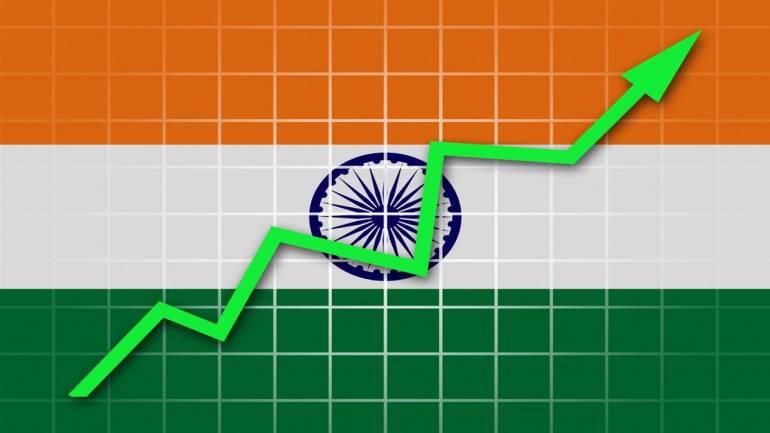Data released on Thursday by the Central Statistics Office (CSO) showed that the GST-induced supply shock may have eased considerably, helping a rebound in the broader economy.
The Indian economy grew 6.3 percent in July-September, recovering from a three-year low growth slump of 5.7 percent in April-June, as companies scaled up production and restocked supplies after goods and services tax (GST) kicked in from July 1.
Data released on Thursday by the Central Statistics Office (CSO) showed that the GST-induced supply shock may have eased considerably, helping a rebound in the broader economy.
Listed below are 5 key numbers from the GDP data released on Thursday.- Gross value added (GVA), which is GDP minus taxes, grew 6.1 percent, mirroring greater production activity in factories, according to data released by Central Statistics Office (CSO). GVA growth had significantly fallen in the last few quarters, slipping to 5.6 percent in April-June.
- The manufacturing sector grew 7 percent during the quarter-ended September from a 7.7 percent growth in the same period last year and 1.2 percent in April-June.
- The mining sector grew 5.5 percent in July-September from (-) 0.7 percent in April-June. The contraction recorded by this sector last year and the previous quarter had weighed upon the overall GVA growth in those quarters.
- While private final consumption expenditure (PFCE) grew at 6.5 percent, the lowest in the last eight quarters, gross fixed capital formation (GFCF) increased to 4.7 percent from 1.6 percent in the previous quarter.
- Farm sector output grew 1.7 percent in July-September from 4.1 percent in the same quarter of 2016-17 and 2.3 percent in April-June. The subdued farm sector output is also partly because of unfavourable base effect caused by a record high output in July-September 2017.


















